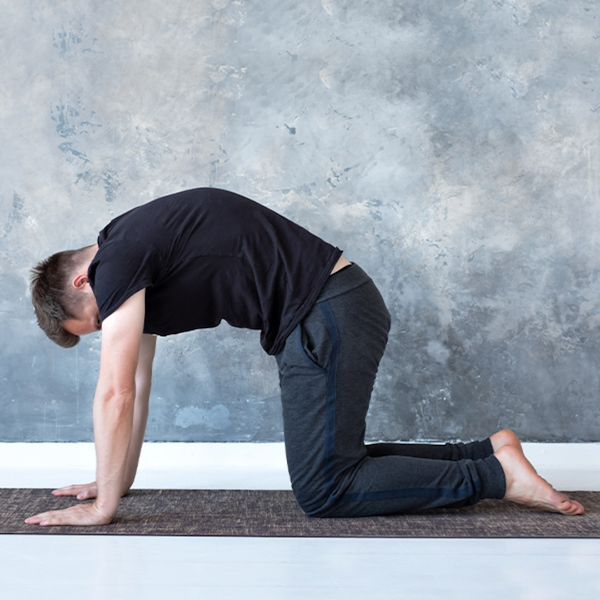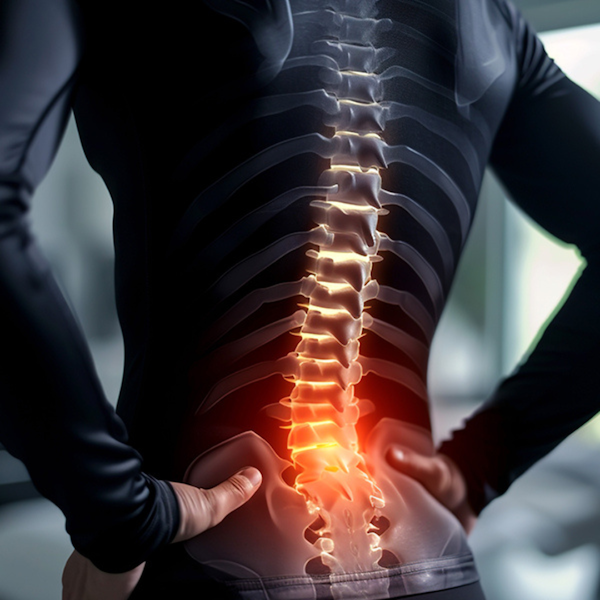Equestrians, like all athletes, encounter their own distinct set of physical challenges, with back pain frequently at the forefront. Horse riding requires impeccable posture, balance, and strength, which can strain the rider’s back over time.
The occurrence of back pain among equestrians is common; nonetheless, there are effective strategies to maintain back health. Specific stretches and exercises can help, alongside preventative therapies such as chiropractic care, acupuncture, and physical therapy, to avoid back pain and injury.
Back pain is a common complaint among equestrians due to the repetitive movements and positions required when riding. The act of riding itself, combined with tasks such as grooming, tacking up, and stable chores, places a significant strain on the back. Over time, this can lead to chronic pain, stiffness, and even injuries.
Here are some tips to help keep your back in top condition:
Maintain Proper Posture
- While Riding: Ensure your posture is correct by keeping your back straight, chest open and shoulders low, and the core engaged.
- Off the Horse: Be mindful of your posture when performing barn chores or lifting heavy objects. Bend at the knees, not the waist, and keep your spine aligned. Many times equestrians are hyper aware of their posture while riding, but not while dismounted.
Strengthen Your Core
A strong core supports your back and helps improve your overall stability and balance. Incorporate exercises such as planks, abdominal crunches, and leg raises into your daily routine.
Stay Hydrated
Adequate hydration is crucial for maintaining the elasticity and flexibility of your muscles and joints. Drink plenty of water throughout the day, especially during and after riding.
Incorporating stretches and exercises into your routine can help alleviate back pain and prevent injuries. Here are some effective ones:
- Cat-Cow Stretch: Start on your hands and knees. Arch your back up towards the ceiling (cat), then dip it down towards the floor (cow). Repeat 10-15 times.
- Child’s Pose: Kneel on the ground and sit back on your heels. Stretch your arms forward and lower your forehead to the ground. Hold for 20-30 seconds breathing to help stretch and elongate the spine.
- Seated Forward Bend: Sit with your legs extended. Reach forward and try to touch your toes, keeping your back straight. Hold for 20-30 seconds. This helps stretch the lower back and gluteal muscles which help support the lower back, stabilize the pelvis, and the hips.
Exercises
- Superman: Lie face down with your arms extended in front of you. Lift your arms, chest, and legs off the ground simultaneously. Hold for a few seconds, then lower. Repeat 10-15 times.
- Bird-Dog: Start on your hands and knees. Extend one arm forward and the opposite leg backward. Hold for a few seconds, then switch sides. Repeat 10-15 times on each side.
- Bridge: Lie on your back with your knees bent and feet flat on the ground. Lift your hips towards the ceiling, squeezing your glutes. Hold for a few seconds, then lower. Repeat 10-15 times.
Preventative Therapies
In addition to stretches and exercises, incorporating preventative therapies can help keep your back healthy and pain-free.
Regular visits to a chiropractor can help realign your spine, reduce pain, and improve your overall posture. Chiropractors can also provide personalized advice on exercises and stretches suited to your needs.
Acupuncture involves inserting thin needles into specific points on the body to alleviate pain and promote healing. Many equestrians find acupuncture effective in reducing back pain and improving mobility.
A physical therapist can work with you to develop a personalized exercise and stretch routine tailored to your specific needs. They can also provide treatments such as ultrasound, electrical stimulation, and manual therapy to alleviate pain and improve function.
Maintaining back health is crucial for equestrians to stay at the top of their sport. By practicing proper posture, strengthening your core, staying hydrated, and incorporating regular stretches and exercises, you can keep your back strong and pain-free. Additionally, utilizing preventative therapies can further enhance your back health and overall performance. Remember, a healthy back not only helps you ride better but also ensures you can enjoy riding well into older years. Take proactive steps now to protect your back and your overall wellbeing while in the saddle.










